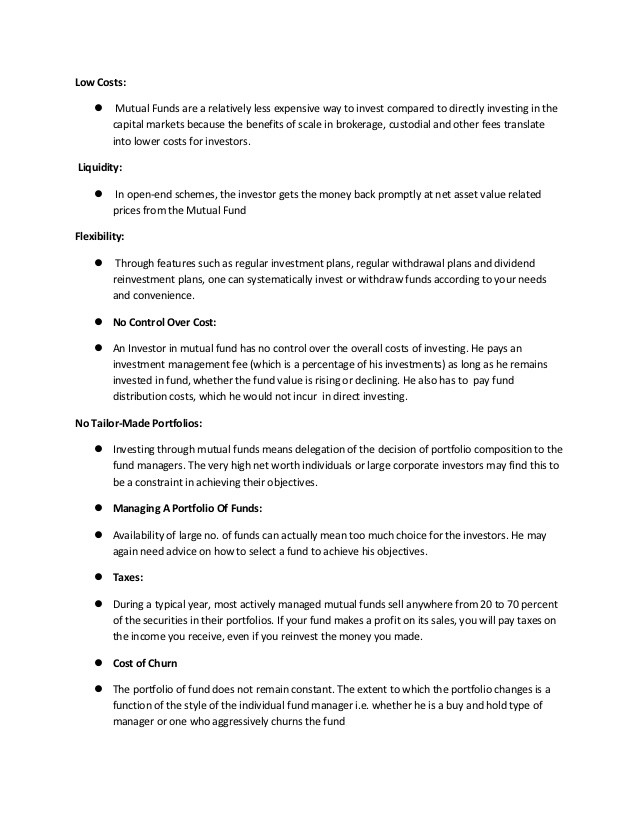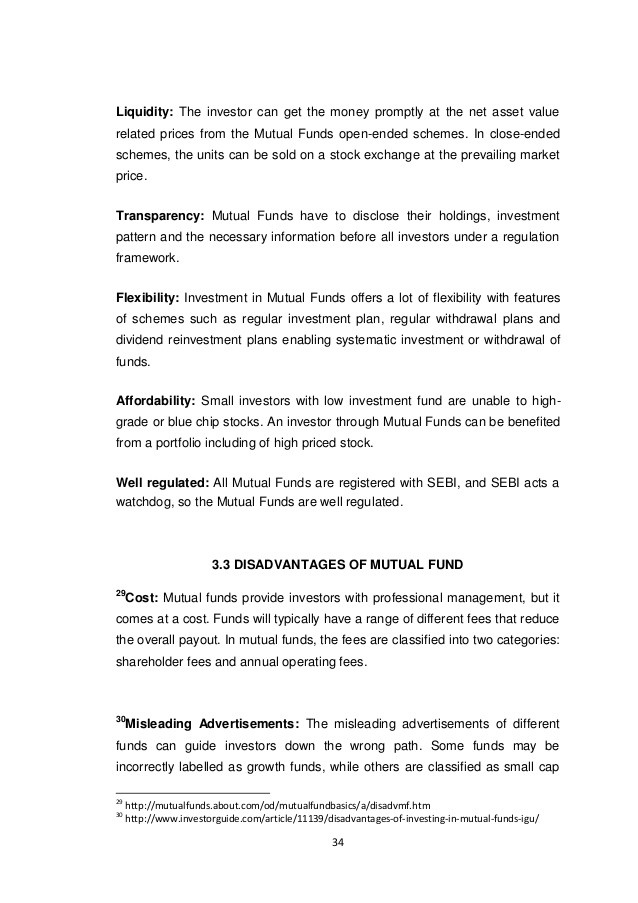How much is too much when assessing mutual fund fees
Post on: 25 Июнь, 2015 No Comment

Industry’s fund-analyzer Web site can help you assess fees
Q You wrote about paying attention to mutual fund expenses but never said what are acceptable expenses or how much is too high. Can you elaborate?
Funds sold by brokers typically charge commissions when you buy and redemption fees if you sell before a certain time. The percentage tends to be lower for large purchases. Or, you may pay higher ongoing service or distribution fees on top of management fees and other operating costs.
Different share classes of broker-sold funds reflect these cost structures. The one that’s best for you will likely depend on how much money you invest and for how long.
I buy only direct-marketed no-load funds that do not charge commissions. If you need professional advice, consider a fee-only adviser who is free to recommend any fund, including no-load funds. If you use an adviser who can recommend only from a list of load funds approved by his firm, favor those with low operating expenses.
That way, at least your costs are low once you pay the initial load. For example, the Class A shares from the American Funds Growth Fund of America, a fund with a strong record, impose an upfront sales charge, or load, as high as 5.75 percent. But annual expenses are 0.76 percent, about half the industry average for stock funds.
Ultimately, a fund’s annual operating expenses, its expense ratio, may have a much greater effect on your wallet than the load. Not all funds charge loads, but all ding you for operating expenses, which reduce your returns dollar for dollar.
So, I will not buy a fund with an expense ratio so high that it makes it very difficult to achieve the returns available from another fund.

For index funds that simply track a broad market benchmark, I want annual expenses no higher than 0.20 percent. With actively managed stock funds, I generally avoid those with an expense ratio of more than 1 percent, and for actively managed bond funds, of more than 0.50 percent.
That doesn’t mean I will never buy a fund with higher expenses, but there has to be an overriding factor, such as a consistent investment approach with a record of solid returns in good times and bad.
Even then, I’ll try to find a cheaper alternative. I have used, and recommend, a fund analyzer tool at the Web site of the Financial Industry Regulatory Authority (finra.org/fundanalyzer) that lets you screen for mutual funds and exchange-traded funds based on factors such as investment objective, expense ratio and ratings by Morningstar. You can compare up to three funds side by side and see how their expense ratios stack up against the industry average.
Humberto Cruz is a columnist for Tribune Media Services. E-mail him at yourmoney@tribune.com .














